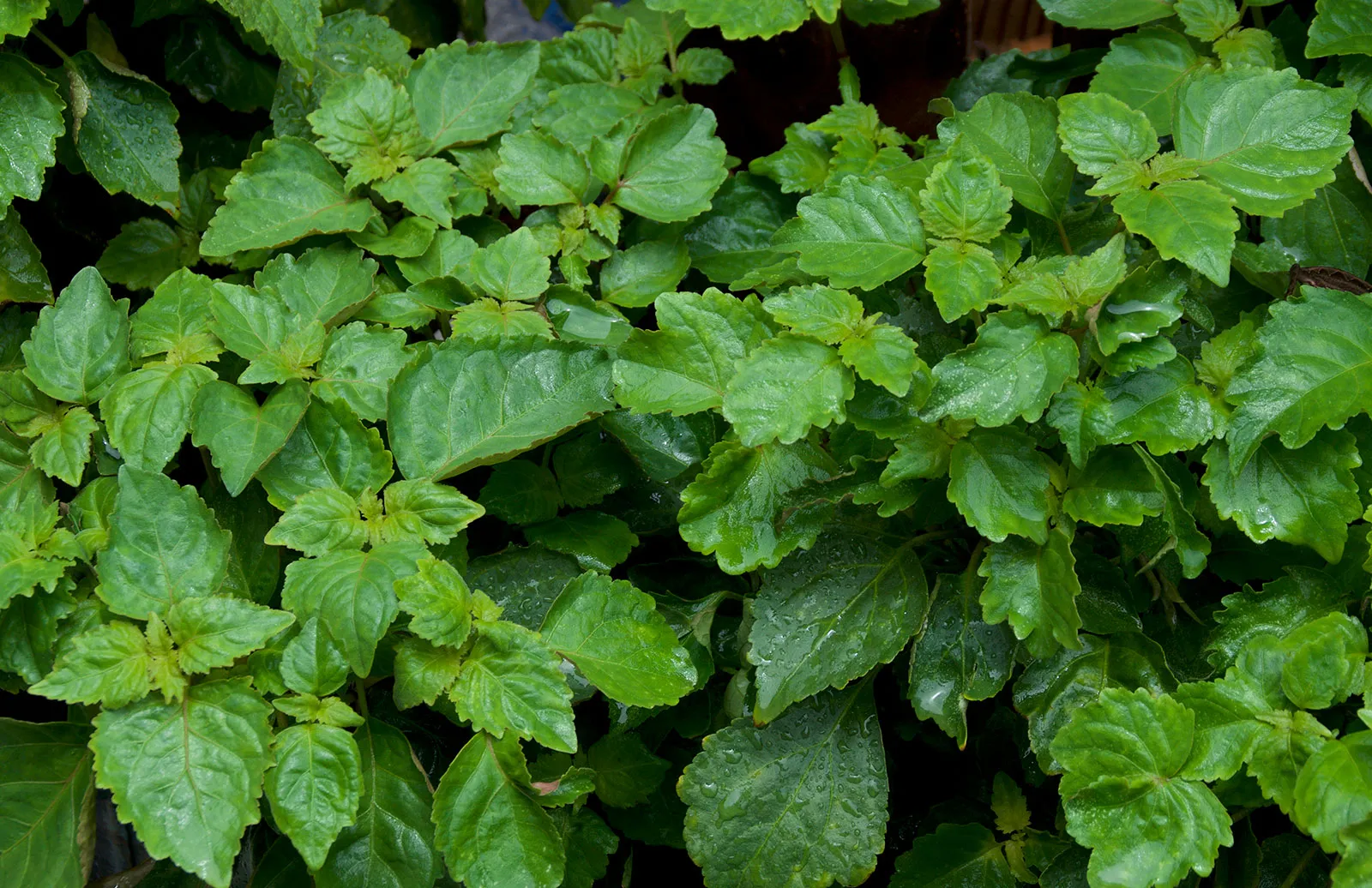
Demystifying Patchouli: A Deep Dive Into Its Intriguing Aroma
Patchouli is quite a polarizing fragrance – many people seem to either love it or hate it. It has an earthy, spicy, and slightly sweet aroma that’s sometimes associated with the smell of health food stores. While some find it pleasantly rich and exotic, others perceive it as musty or herbal. This distinctive scent, known for being intensely earthy, musky, sweet, spicy, woodsy, herbaceous, and slightly medicinal, has been a defining element of sophisticated fragrances as well as a quintessential “hippie” scent. If you are not familiar with patchouli or are interested in exploring the story behind this powerful scent, you’ve come to the right place. This article aims to demystify the enigmatic aroma of patchouli, diving deep into its origins, scent characteristics, and its use in modern perfumery. If you have ever wondered, What does patchouli smell like?
Origins and History
Patchouli, scientifically known as Pogostemon cablin, is a bushy, flowering plant native to tropical Southeast Asian countries. It grows up to 3 feet high, with large, furry leaves and delicate purple-white flowers growing out of dense, wooly spikes. The plant belongs to the mint family (Lamiaceae), which is surprising as it does not smell like mint. The history of patchouli originates with the Tamil people of South India, who were the first to develop uses for the plant in medicine, cuisine, and as an insect repellant. Its fragrant leaves made their way to the Middle East along silk trading routes, packed in trunks of silks, carpets, and other precious commodities to protect them from moths and other insects. Centuries later, it is said that Napoleon brought patchouli to Europe, where it quickly became recognized for its rich, exotic scent.
Perhaps patchouli is best known for being a defining scent of the American counterculture movement in the 60’s and 70’s. Its calming, earthy aroma was tremendously popular among the free-spirited hippies. However, patchouli is not just a “hippie” scent. Nowadays, it can be found in some of the world’s most luxurious and sophisticated parfums, such as Patchouli Absolu by Tom Ford, Gentleman Eau de Parfum by Givenchy, La Collection Couturier Parfumeur Patchouli Imperial by Dior, Chance Eau de Parfum by Chanel, and Monsieur by Frederic Malle.
The Multifaceted Scent of Patchouli
Patchouli is most often associated with the woody fragrance family because of its robust, earthy character, but it’s used to create stunning ambery, fougère, and chypre fragrances as well. As a standalone note, most would agree that patchouli mainly smells earthy and musky. Those that enjoy it usually do because of the nuanced spicy, sweet, and woody notes, which lend elegance and character to this exotic scent.
Those that don’t enjoy patchouli find the earthiness unpleasantly overpowering to their senses, resulting in comparisons to the smell of a cold basement, wet dog, or unbathed hippie. Granted, what they’re smelling is usually cheap or low-quality patchouli.
A great patchouli essential oil smells like walking barefoot through a luscious forest after heavy rain. You get a heavy whiff of the damp earth beneath you, followed by a hint of sweet and herbal freshness from the vibrant woods and greenery around you.
Patchouli makes a versatile base note that pairs well with so many different scents, including citrusy notes like bergamot, floral notes like lavender and geranium, and other woodsy notes like sandalwood and vetiver.
Extracting the Patchouli Scent
The unique scent of patchouli comes mainly from its large, fuzzy leaves and stems, which are harvested and dried several times a year. Patchouli essential oil is then extracted from these leaves through steam distillation.
The chemical components of patchouli essential oil include patchoulol, norpatchoulenol, and germacrene-B. Patchoulol is primarily responsible for the distinctive earthy, sweet, and camphoraceous smell of patchouli. Norpatchoulenol is also a contributor, but there is limited information on how this chemical actually smells. Lastly, Germacrene-B is a sesquiterpene that’s associated with a woody smell and also gives patchouli an insect-repelling effect.
Benefits of Patchouli in Aromatherapy
In aromatherapy, the smell of patchouli can calm your emotions, elevate your mood, and relieve anxiety. Some describe it as a grounding and emotionally-balancing scent that helps relax both the mind and body. It causes the release of positive hormones like dopamine and serotonin, which fight against anxiety, stress, and depression. The scent is also closely associated with love and romance. Patchouli has been used as an aphrodisiac for hundreds of years, stimulating estrogen and testosterone to provide a libido lift for both sexes.
Conclusion
Patchouli is a captivating and intriguing fragrance that has stood the test of time. Its multifaceted aroma, with earthy, sweet, spicy, herbaceous, woody, and musky notes, has made it a staple in the world of perfumery. Whether you are a fan of patchouli or have yet to fully appreciate its unique aroma, understanding its characteristics, uses, and benefits can deepen your appreciation for this timeless and versatile scent.